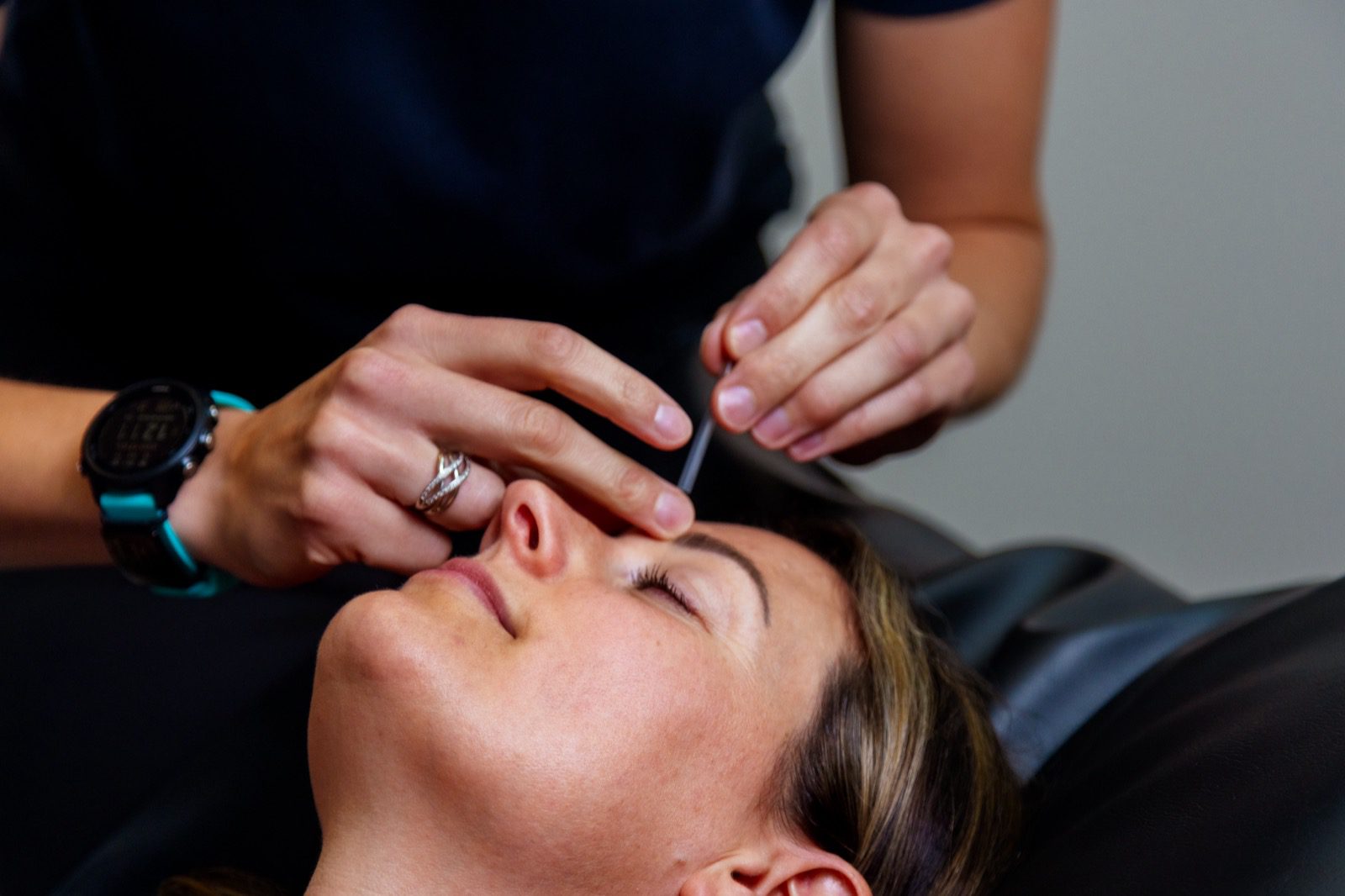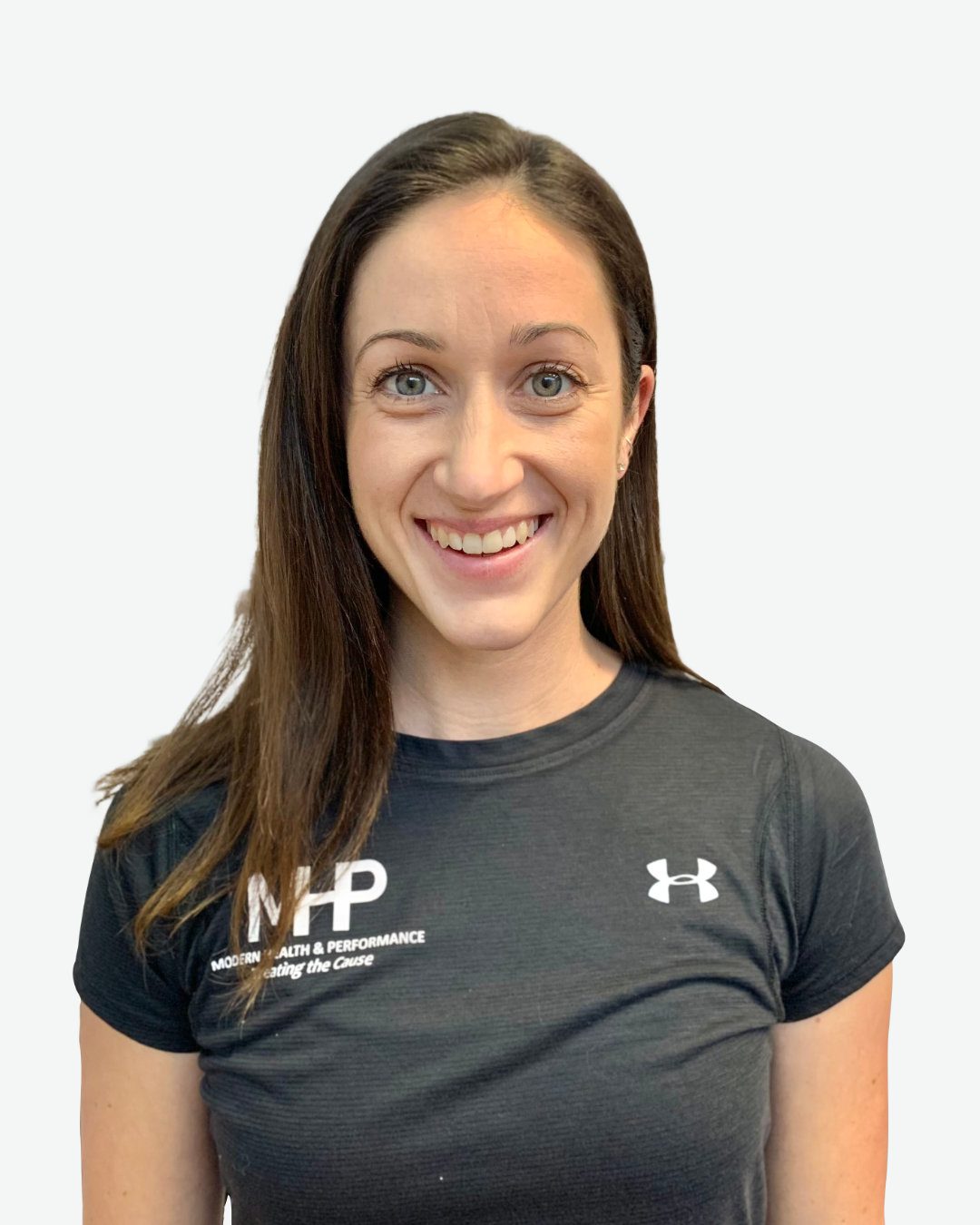
Neuro-cognitive / Concussion Management
Helping athletes and individuals recover safely and effectively from concussions.

What is a Sports-Related Concussion?
A sports-related concussion is a type of traumatic brain injury (TBI) caused by a direct or indirect blow to the head, face, neck, or elsewhere on the body that results in brain movement. This injury can lead to a variety of symptoms, including headaches, dizziness, nausea, confusion, and more. It’s crucial that concussions are managed correctly to avoid long-term consequences.
CHOOSE MHP THERAPY FOR
Concussion Management
At MHP Therapy, we provide a comprehensive concussion treatment plan tailored to each individual’s needs. Our team of licensed and experienced therapists is trained to manage all aspects of sports-related concussions, from initial assessment to safe return-to-play protocols.
Here’s how we can help:
Expert Concussion Assessment
Our team conducts thorough assessments to determine the extent of the concussion. We use industry-standard tools and advanced technology to evaluate your symptoms, cognitive function, balance, and more.
Personalized Concussion Rehabilitation
Once the concussion is assessed, we create a personalized treatment plan to help you recover. Our approach focuses on:
- Gradual symptom relief
- Cognitive and physical rehabilitation
- Vestibular therapy (for balance and dizziness issues)
- Visual rehabilitation (for vision-related symptoms)
Return-to-Play Protocols
One of the most important aspects of managing sports-related concussions is ensuring that athletes do not return to play too soon. At MHP Therapy, we follow strict return-to-play guidelines, ensuring that athletes only return to their sport when it’s medically safe. We prioritize long-term health and safety, reducing the risk of further injury.
Baseline Concussion Testing
Pre-season baseline testing is critical for tracking an athlete’s cognitive function before any injury occurs. MHP Therapy offers baseline testing for sports teams and individual athletes in London, Ontario, to ensure better care and comparison post-injury.
Certified by Complete Concussions
At MHP Therapy, we are proud to be certified by Complete Concussions, the gold standard in concussion care and management. This certification ensures that our team is trained in evidence-based protocols for assessing, treating, and managing concussions effectively.
Complete Concussions is a globally recognized leader in concussion research, rehabilitation, and education. As part of this network, we utilize cutting-edge techniques and tools to provide comprehensive care, helping individuals recover safely and fully while minimizing the risk of long-term complications.
When Should You Seek Concussion Treatment?
If you or your child experiences a blow to the head during a game, practice, or workout, it’s important to monitor for concussion symptoms. Some key signs to watch for include:
- Headaches or “pressure” in the head
- Nausea or vomiting
- Balance problems or dizziness
- Sensitivity to light or noise
- Blurred or double vision
- Difficulty concentrating or remembering
- Feeling sluggish, foggy, or confused
These symptoms can appear immediately or develop hours after the incident. If any of these signs appear, it’s crucial to seek professional concussion management.
Why Timely Concussion Treatment Matters
Untreated concussions can lead to long-term health issues such as post-concussion syndrome, where symptoms persist for weeks or months after the injury. In severe cases, repeat concussions can cause permanent brain damage. Early intervention at MHP Therapy can help speed recovery, reduce symptoms, and ensure a safe return to sports.
Trust MHP Therapy for Your Concussion Recovery
Located conveniently in London, Ontario, MHP Therapy is your go-to clinic for concussion management. Our team has years of experience working with athletes of all levels, from high school sports to professional leagues. We are passionate about helping our clients recover fully and safely.

Meet Our Concussion Management Team
Book Your Appointment Today!
If you or someone you know has suffered a sports-related concussion, don’t wait to seek care. Contact MHP Therapy today to schedule a concussion assessment and start your journey to recovery.


